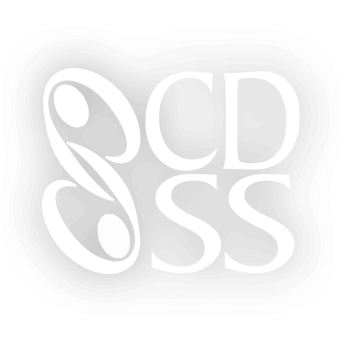Notes on Teaching Country Dance
These notes are distilled from Bruce Hamilton’s workshops on teaching country dances. If you can’t get to a camp or workshop to experience this respected dance leader’s teaching up close, this is the next best thing. Thoughtful, thought-provoking, and challenging to teachers at all levels.
This resource is free for CDSS members and is available for purchase through the CDSS Online Store.

 Thanks to the Massachusetts Cultural Council for their generous support.
Thanks to the Massachusetts Cultural Council for their generous support.